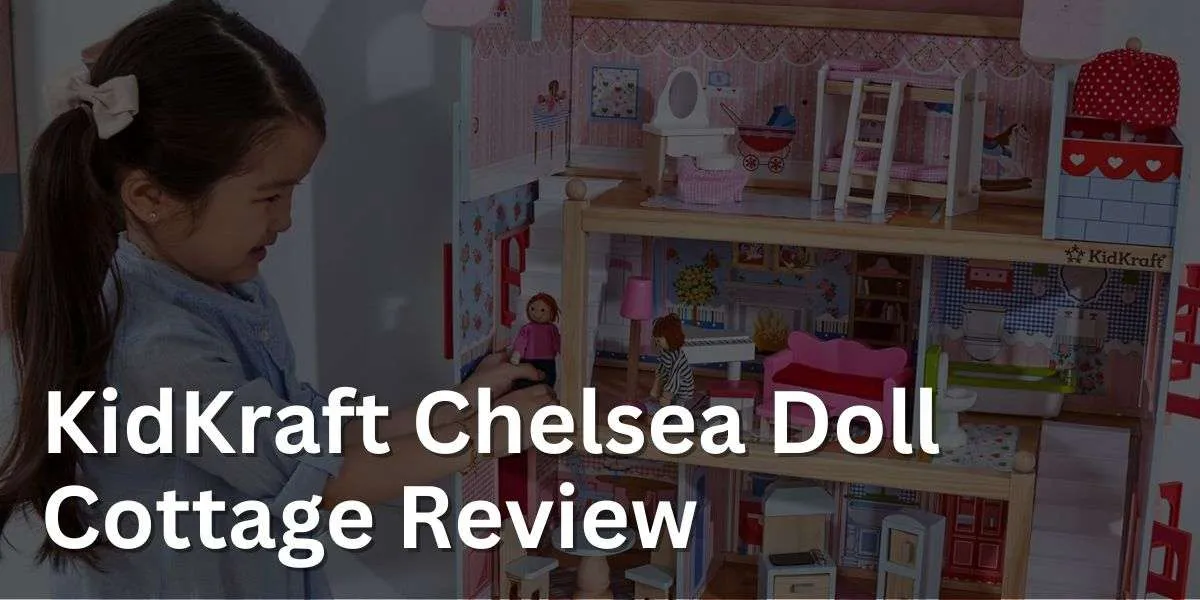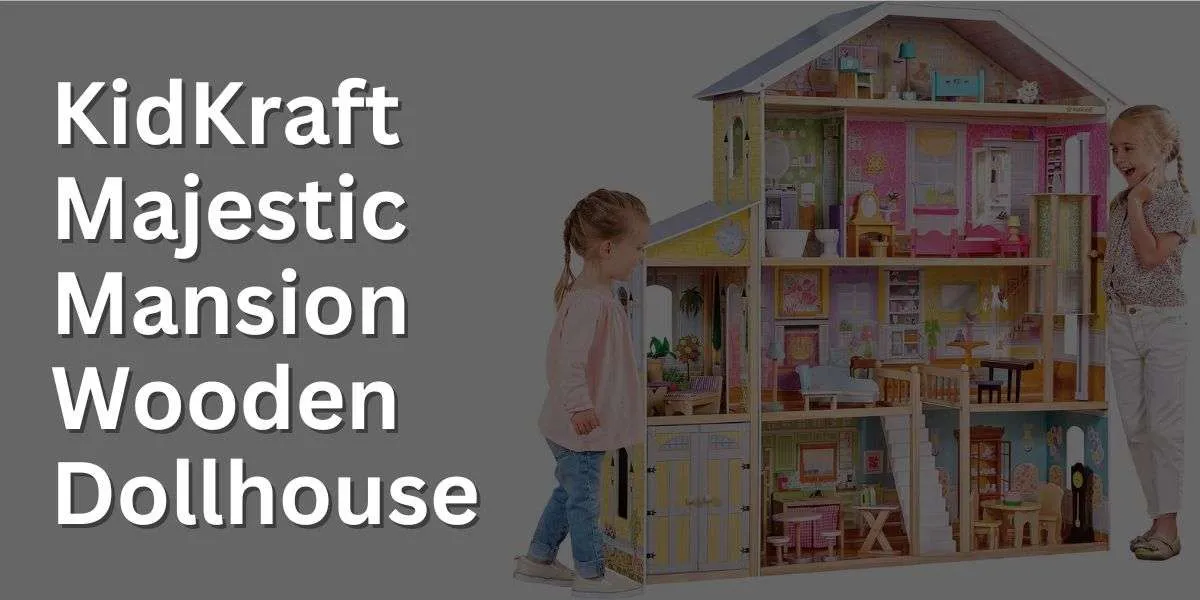Diving into the realm of block play and curious about the developmental stages children typically progress through as they engage with this timeless toy? You’re not alone. Many educators, caregivers, and parents recognize the immense value of block play but may not be aware of the nuanced stages of its evolution in a child’s life.
Fortunately, block play, a cornerstone of early childhood education, has been extensively studied, revealing distinct stages that align with children’s cognitive and motor development.
Drawing from my expertise in child development and play-based learning, I’ve constructed a comprehensive guide that breaks down the stages of block play, from the initial explorations to the complex structures of older children.
Let’s build our understanding together, brick by brick, and unveil the developmental journey that block play offers to young minds.
Key Takeaways
Block play is a critical activity in early childhood development, and as children grow, they demonstrate different, increasingly complex stages of block play. These stages reflect their cognitive, motor, and social development. Here’s an informative table outlining the stages of block play:
| Stage | Typical Age Range | Description |
|---|---|---|
| Stage 1: Discovery | 6 months – 1 year | Infants explore the sensory properties of blocks by feeling, banging, and mouthing them. There’s no attempt to build or combine blocks. |
| Stage 2: Stacking and Rowing | 1 – 2 years | Toddlers begin to stack blocks vertically or line them up horizontally. Stacks of 2-4 blocks are common. |
| Stage 3: Bridging | 2 – 3 years | Children begin to bridge blocks, creating a space between two upright blocks with a third block across the top. |
| Stage 4: Enclosures | 3 – 4 years | Children start to build enclosures, often placing toys or other items inside. These may represent cages, rooms, or pens. |
| Stage 5: Representational Patterns | 4 – 5 years | Blocks are used to create recognizable structures, such as houses, airports, or roads. Children can explain what they’ve built. |
| Stage 6: Complex Structures | 5+ years | Children build intricate designs, often combining other toys with block structures. These can be multi-level and show advanced planning. |
| Stage 7: Abstract and Symbolic Thought | 5+ years | Blocks might be used symbolically (e.g., a block representing a car). There’s a transition from concrete to more abstract thinking. |
These stages are general guidelines, and individual children may progress through them at their own pace.
Children may fluctuate between stages depending on their mood, environment, or play companions. The key for caregivers and educators is to provide ample opportunities for block play and introduce challenges or ideas appropriate for each stage.
Stages of Block Play
Block play is an essential activity for children of all ages. It is a fun and engaging way for children to develop their cognitive, physical, and social skills.
There are seven stages of block play that children go through as they age:
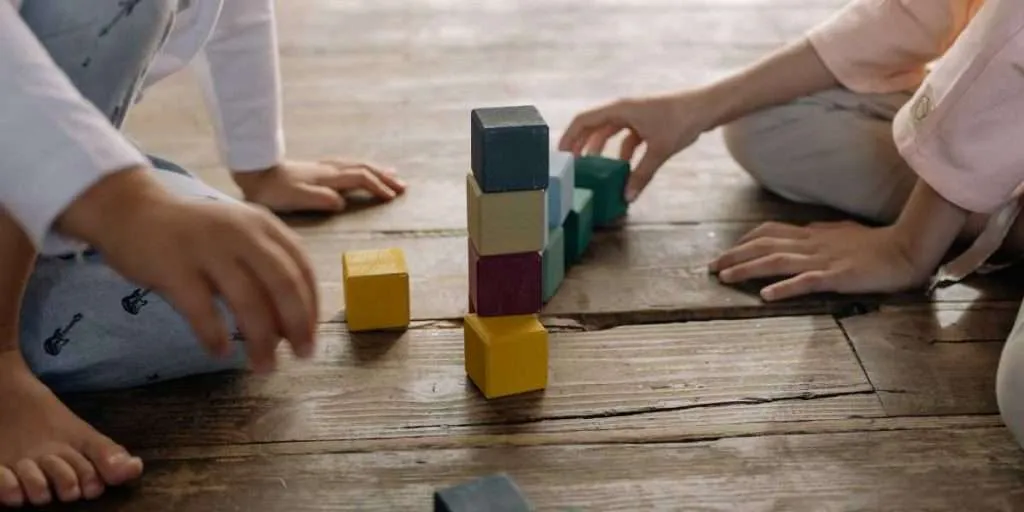
Stage 1: Carrying and Exploring Blocks
In the first stage of block play, infants play with blocks by exploring them as they would any other material. They play with the blocks for what they are, rather than for what they can make. They hold and explore the blocks.
This stage is also known as the carrying or exploring stage and is for young children, such as babies and toddlers. In this phase, blocks are not used for construction. They are instead used to support sensorimotor development.
Stage 2: Stacking Blocks
The second stage of block play is when toddlers start to stack blocks. They begin to understand the concept of balance and start to build simple structures with just two blocks. This stage is crucial as it helps develop their hand-eye coordination and fine motor skills.
Stage 3: Bridging
The third stage of block play is called bridging. It occurs when a child lays a base block, places an upright block at both ends of it, then attempts to bridge the structure with a block the same length as the base block.
This stage requires cognitive understanding of spatial orientation, or knowing which direction to turn the blocks to create a bridge.
Stage 4: Enclosures
Enclosures occur soon after a child begins to use blocks regularly. Children need cognitive understanding of spatial orientation to create enclosures. They need to know which direction to turn the blocks to create a closed structure.
For example they might take four or more blocks to build an animal enclosure, using logical thinking skills as children play.

Stage 5: Creating Patterns
In the fifth stage of block play, children begin to create patterns with blocks. They use different colors and shapes to create simple and complex patterns. This stage helps develop their creativity and imagination.
Stage 6: Early Representational – Symbolic Play
Preschoolers are usually in this stage, and you may find they only progress to the next stage when they are a bit older. At around 4 to 5 years of age, children in the early representational stage of block play begin to name their structures.
They create structures that represent real-life objects, such as houses, cars, and people and can help with emotional development.
Stage 7: Complex Structures
In the final stage of block play, children progress to create complex constructive block building tasks and building block structures.
They use their creativity and imagination to build structures that are unique and challenging. This stage helps develop their problem-solving skills and spatial awareness.
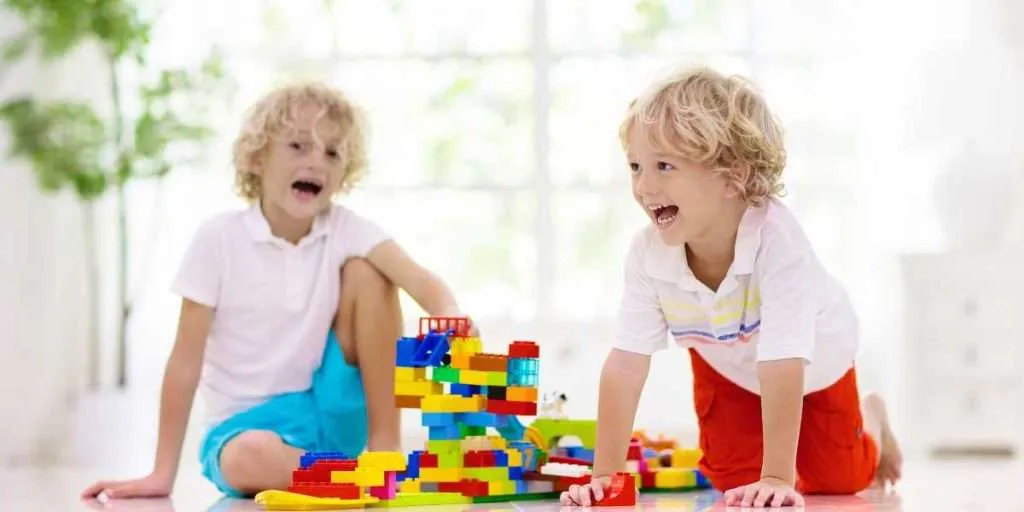
Skills Developed Through Block Play
Block play is an essential activity for children that stimulates their imagination and creativity while developing a range of skills. Here are some of the skills that children can develop through block play:
Block play requires children to move around and manipulate blocks, which helps to develop their gross motor skills and physical development. Lifting, carrying, and stacking blocks help children develop their hand-eye coordination and balance.
Block play is an excellent way to promote cognitive development. Sorting blocks by size, shape, or color helps children develop their problem-solving skills, while building structures encourages them to think logically and use spatial reasoning.
Block play can also help children develop their mathematical awareness. By counting blocks, children can learn basic math skills, such as addition and subtraction. They can also learn about symmetry and balance by building structures that are symmetrical and balanced.
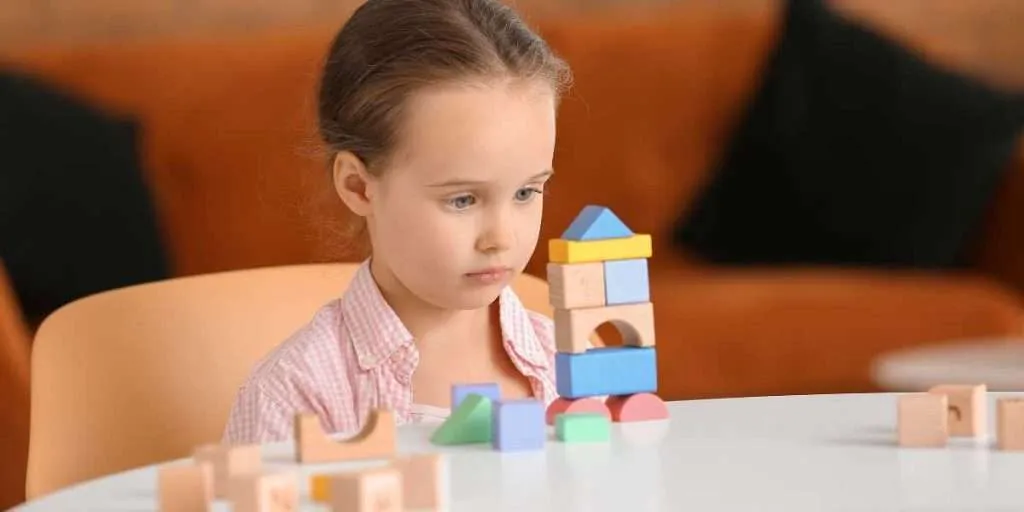
Social-Emotional Learning
Block play can help children develop their social and emotional growth. Sharing blocks with others and negotiating with peers to build structures can help children learn how to work cooperatively. Additionally, building structures can help children develop a sense of pride and accomplishment.
Block play encourages children to be creative and imaginative. Children can build anything they can imagine, from simple towers to complex structures. They can also use blocks to represent real-life objects, such as buildings or vehicles and real dramatic play begins.
Block play can help children learn about cause and effect. For example, if a child builds a tower that is too tall, it may fall over. This can help children understand the consequences of their actions and develop problem-solving skills to prevent the tower from falling over.
Block play can also help children develop their language skills. Naming blocks and discussing the structures they build can help children expand their vocabulary and improve their communication skills.
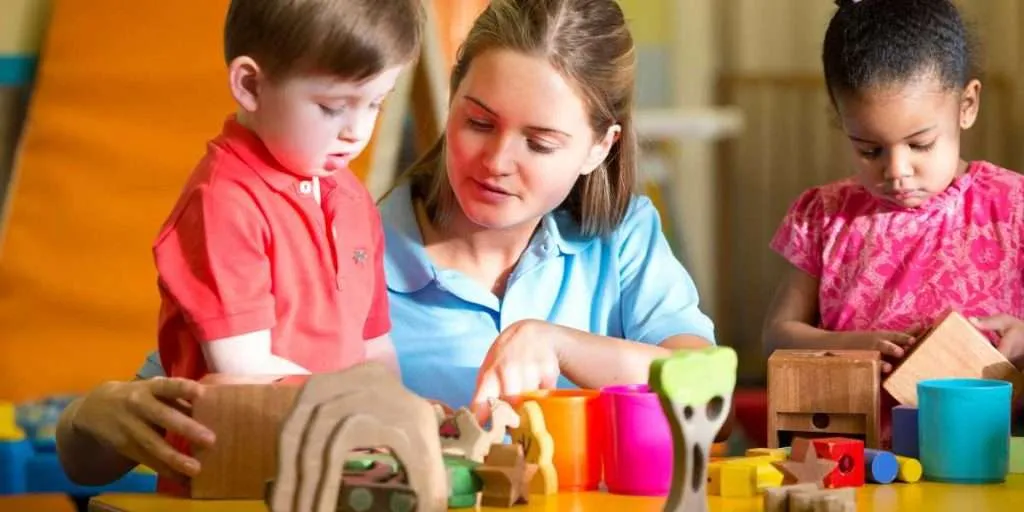
Types of Blocks for Play
When it comes to block play, there are different types of blocks that you can use. Each type has its own unique features and benefits. Here are some of the most common types of blocks for play:
Wooden blocks are a classic choice for block play. They are durable and can last for years. They come in different shapes and sizes, and you can use them to build all sorts of structures. Wooden blocks are also great for sensory play, as they have a natural texture that children can explore with their hands.
Magnetic blocks are a newer addition to the block play scene. They have magnets embedded in them, which allows children to build structures that can defy gravity.
Magnetic blocks are great for developing spatial reasoning skills, as children have to figure out how to balance the blocks to create stable structures. They also come in a variety of shapes and colors, which can add an extra element of fun to block play.
Unit blocks are a type of wooden block that come in standard sizes and shapes. They are designed to be used in combination with each other to create structures.
Unit blocks are great for developing math skills, as children have to figure out how many blocks they need to create a structure of a certain size. They are also great for cooperative play, as children can work together to build larger structures.
FAQs on what age kids start playing with building blocks:
At what age do kids start playing with blocks?
Children playing with blocks as early as 6 months old, but typically they start showing an interest in stacking and arranging blocks around 12-18 months old. By age 2, most children will enjoy building and knocking down simple block towers.
What are the benefits of playing with blocks?
Playing with blocks can have numerous benefits for children, including:
- Developing fine motor skills through manipulating and stacking the blocks
- Enhancing hand-eye coordination and spatial awareness
- Encouraging imaginative play and creativity
- Promoting problem-solving skills and logical thinking
- Helping with language development and communication skills as children describe their creations and interact with others while playing with blocks.
How can parents encourage their child’s block play?
Parents can encourage their child’s block play by providing them with a variety of blocks to play with and setting aside dedicated time for block play. They can also participate in block play with their child, modeling different ways to build and create with the blocks. Parents can also ask open-ended questions and encourage their child’s imagination and creativity while playing with blocks.


